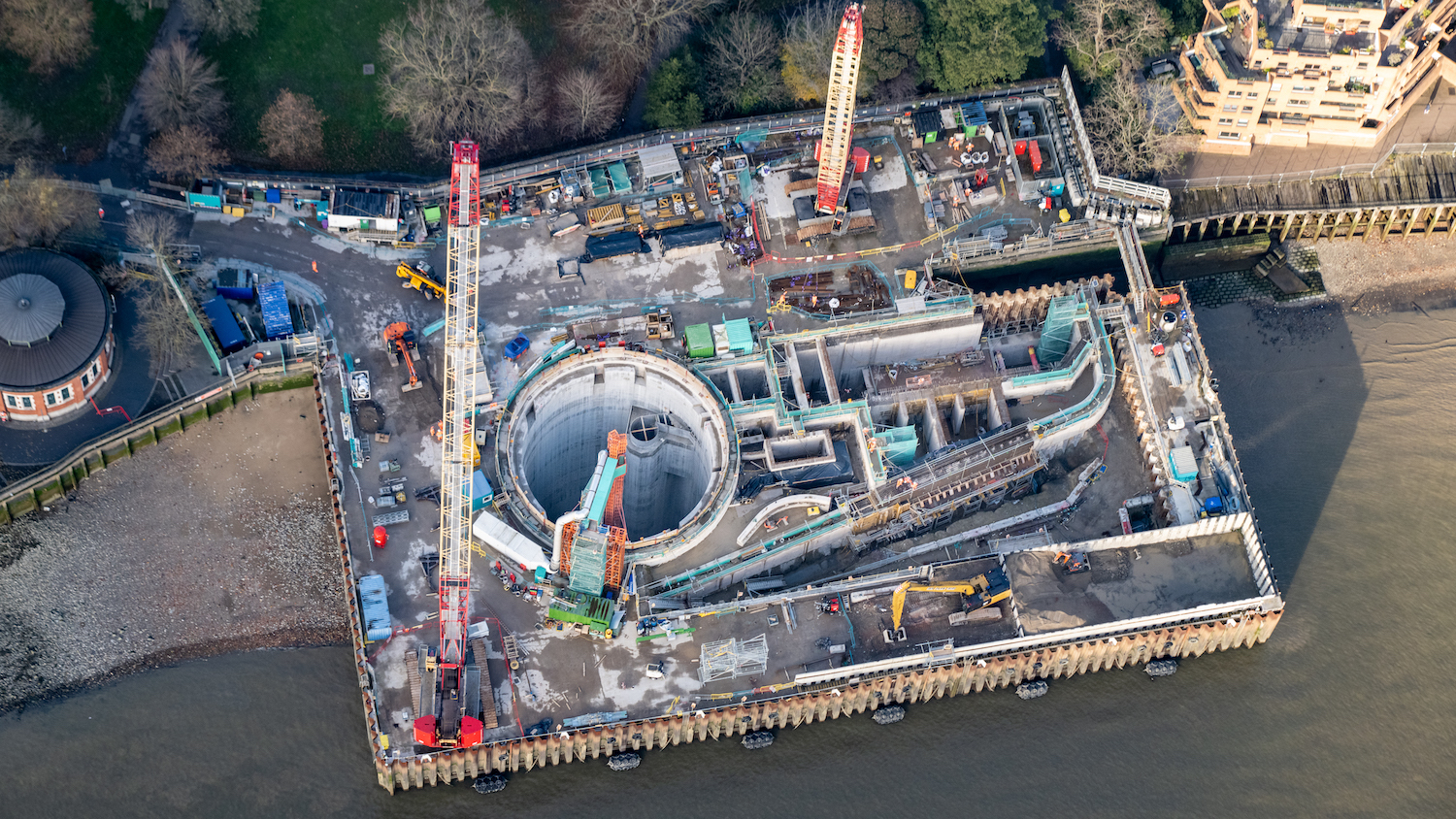
Data is one of the six pillars of governance required to achieve successful project delivery, according to the The Infrastructure Governance Code launched earlier this week.
The code sets out the best practice to create the right environment for effective decision-making in project delivery. It has been developed by the Infrastructure and Projects Authority (IPA) and the Institution of Civil Engineers (ICE).
According to the code, data must relate to, and allow tracking of, performance against the defined outcome targets to ensure that governance and decisions optimise value. There should be provenance and chain of custody through which the data is processed. And also an organisation’s ability to apply robust governance around this process to ensure the base data points are credible.
Furthermore, organisations’ boards and their governance should assure the veracity and integrity of the data they use.
The code also states that data provision should be sufficiently integrated, transparent and timely to support good decision-making.
The code states: “The importance of consistent and accessible data cannot be overstated. Data needs to be turned into information and, eventually, into clear insights about a project’s status.
“Many ‘lessons learnt’ reports identify where, in retrospect, the data has indicated issues but where this has not been appreciated, interpreted or acted upon at the right level within the governance framework.”
Accountability and complexity
Digging deeper into its provisions, the code says non-executive directors should hold themselves accountable for testing the presented performance data and associated methodologies.
The code also states that the board should regularly assesses the suitability of the data it receives to support insight. It warns: “Information that is complex, excessive or lacks transparency is likely to undermine the quality of decision-making and board action.”
ICE president Keith Howells said: “The Infrastructure Governance Code has been developed by practitioners for practitioners across our industry. It is structured around principles organised into six themes, to be used on a ‘comply or explain’ basis, underpinned by supporting provisions. In short, it provides a structured system of good practice and challenge that creates the right environment to support effective decision-making – which, in turn, will lead to better outcomes, not only for those sponsoring and delivering projects, but also for society and the world.”
IPA chief executive Nick Smallwood added: “The Infrastructure Governance Code, and the associated IPA guidance, seek to establish a higher standard for future delivery governance. It is all part of driving project delivery to a place it has never been. A place with innovation, digital transformation and protecting our planet at its heart. With the largest government major projects portfolio now on record, it really is time to create change and a brighter future for our citizens.”
The other five pillars of governance set out by the code are:
- the enterprise;
- mission and defined outcomes;
- behaviours and accountabilities;
- right capabilities at the right level; and
- organisation.
Don’t miss out on BIM and digital construction news: sign up to receive the BIMplus newsletter.












